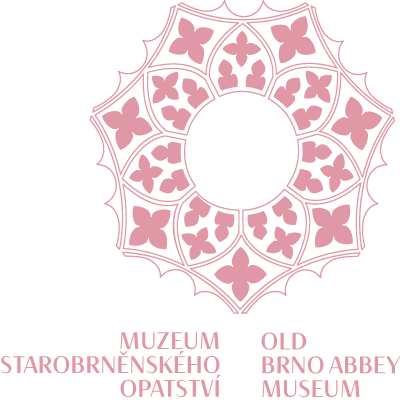Reliquaries – boxes for the relics of saints
Reliquaries (ostensio in Latin) were also intended for the presentation of holy relics. In many cases this was done during processions. They also became part of the architecture of altars. Sarcophagi with the body of a saint or the tomb of a temple patron, placed either in the main altar on top of it or in the crypt below it. Also, the contact and bodies of martyrs in glass coffins were made available to the faithful. Other types were the casket; the casket; the so-called speaking reliquary in the shape of the body part from which the relic came; the plenum; the icon; the standing ostensorium usually in the shape of a monstrance (monstrancia pro reliquiis); some reliquaries were placed directly in the retable. Then there were the popular personal reliquaries intended for the private devotion and protection of the owner – phylacteries, monile, capsules etc.









